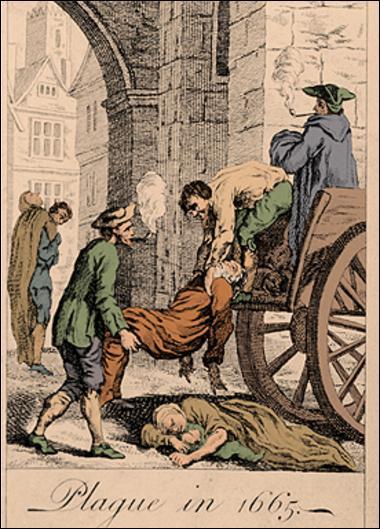The latest outbreak of the plague in Madagascar is worrisome. Since late August, the World Health Organization (WHO) has reported 501 cases of plague on the island. Even more concerning is the 11% death rate of those cases.
The plague, also known as the Black Death for history buffs, is caused by the bacteriumYersinia pestis. Y. pestis lives in small animals (rats, primarily) and is present in many areas of the world.
One form of the disease, known as the bubonic plague, is an infection that occurs when people live in close proximity with rats. I don't mean seeing them in the subways of NYC, either. Rather, co-habitating with rats. When people live with rats, the fleas that feed on the rats occasionally jump to the humans and bite them, transmitting the bacteria from the rat to the human. In this instance, the human can become infected with the bubonic form of the plague - named for the tell tale "bubos" or swollen lymph nodes. Even in areas of the world where people live with rats, the likelihood of this event happening is relatively low. Indeed, there are not a lot of cases reported around the world (see the map below which represents a decade of cases). In this United States, there are a handful (less than 20) cases each year.

The second form of the plague, pneumonic plague, is more concerning. It occurs when the bubonic plague is untreated, allowing the bacteria to enter into the bloodstream and infect the lungs, resulting in the pneumonic form of the plague. One of the symptoms of the pneumonic plague is coughing.
This is an inflection point in the transmission of the bacteria because they have lost the need for rats or fleas for transmission and can be spread person to person by coughing - through aerosols. This is the most efficient way for bacteria or viruses to spread. Some of the most contagious infections that we have (measles, tuberculosis) are spread as aerosols.
Both bubonic and pneumonic forms of the plague are currently present in Madagascar and because Madagascar is one of the poorest countries in the world with unsanitary living conditions, this outbreak is expected to be neither small nor fleeting. It has already moved out of the rural areas and into the urban centers where it will spread even more quickly.
One silver lining is that the bacteria is suseptible to antibiotics and the world is responding with help. The World Health Organization has just delivered nearly 1.2 million doses of antibiotics and over a million dollars to help fight the outbreak. Hopefully, that will stop the plague before this outbreak gets even more out of hand.




